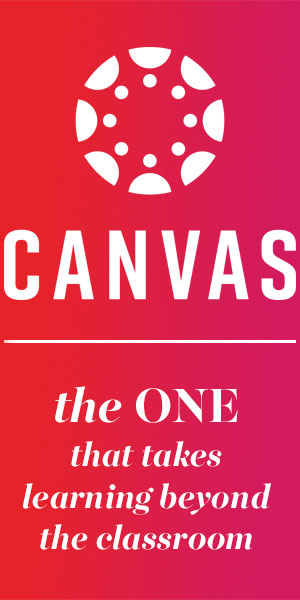Asia-Pacific university leaders discuss how the pandemic has opened minds and changed the boundaries of blended learning
Introducing the THE Live Asia 2020 session “Accelerating transformation: reflecting on needs and opportunities for higher education in Asia”, host Myles Carrick, director of customer success at Instructure, reflected that the Covid-19 crisis has pushed institutions outside of their comfort zone.
Nick Noakes, associate director at the Centre for Education Innovation at Hong Kong University of Science and Technology explained how HKUST had been thrown into remote learning earlier than most because of violent protests taking place in late 2019. “We got training and development in early so we could deliver synchronous and asynchronous courses, plus centralised support through a 24/7 hotline,” he said.
Our Lady of Fatima University in the Philippines worked on the premise that there would be no alternative but to push everything online. “Our learning management system was supposed to be a supplement, but as things became more fluid and we had to work within [pandemic] restrictions, we’ve made our planning richer and more flexible,” said Enriquez, the university’s president. With uncertainty around when things can open fully, this will continue to be on the agenda, she added. “Our game plan is to populate the learning management system so it’s ready for fully online delivery, although some students have no internet access at all, so we have to be careful about how much video we upload.”
Both universities are wrestling with questions about how many classes to deliver synchronously and whether to offer a blend of “real-time” classes and virtual ones once campus doors open again. Assessment is another dilemma. “We’ve tried to shift faculty to think about alternative forms of assessment away from traditional exams, such as team projects. I don’t think we’ve solved this yet,” said Noakes. Teams at Our Lady of Fatima are discussing how assessments are weighted, and tweaking the curriculum accordingly. “Another challenge is changing the mindsets of parents and students,” said Enriquez. Reframing how practical subjects such as medicine are taught is a priority – virtual labs can show a simulation of, for example, performing a suture. “It helps the student conceptualise and understand how the process works,” she explained.
Noakes believes that the Covid-19 crisis has accelerated changes that were happening anyway. “I’m not sure there was an ‘old normal’,” he said. “We’ve been trying to do more blended learning and this has opened minds. We have the ability to push this ahead now at a pace that wouldn’t have happened otherwise.”
Watch the whole session above or on THE’s YouTube channel.
Find out more about Canvas.
Access all of the on-demand recordings and resources from THE Live Asia 2020.



